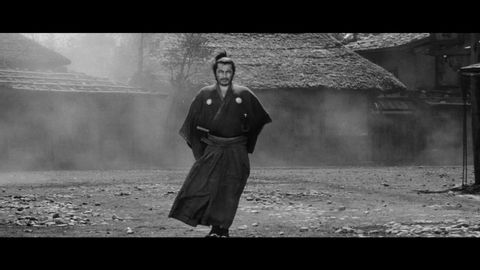黑澤明 - 創作運動篇 (Akira Kurosawa - Composing Movement)
Shao 發佈於 2021 年 01 月 14 日  沒有此條件下的單字
沒有此條件下的單字- n. (c./u.)人;人們;人們;家人;員工
- v.t.居住
- n. pl.人們
- n. (c./u.)韻律;旋律 ; 節奏;韻律;節奏
US /ˈkærəktɚ/
・
UK /'kærəktə(r)/
- n.角色,人物(故事,電影或戲劇中);字,字體;性格;特點;人物(一般用法);名譽;名聲
- n.(不愉快事件發生的)現場;地點;景色;現場;場面;鏡頭

